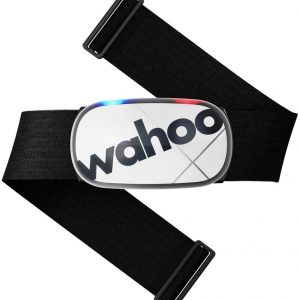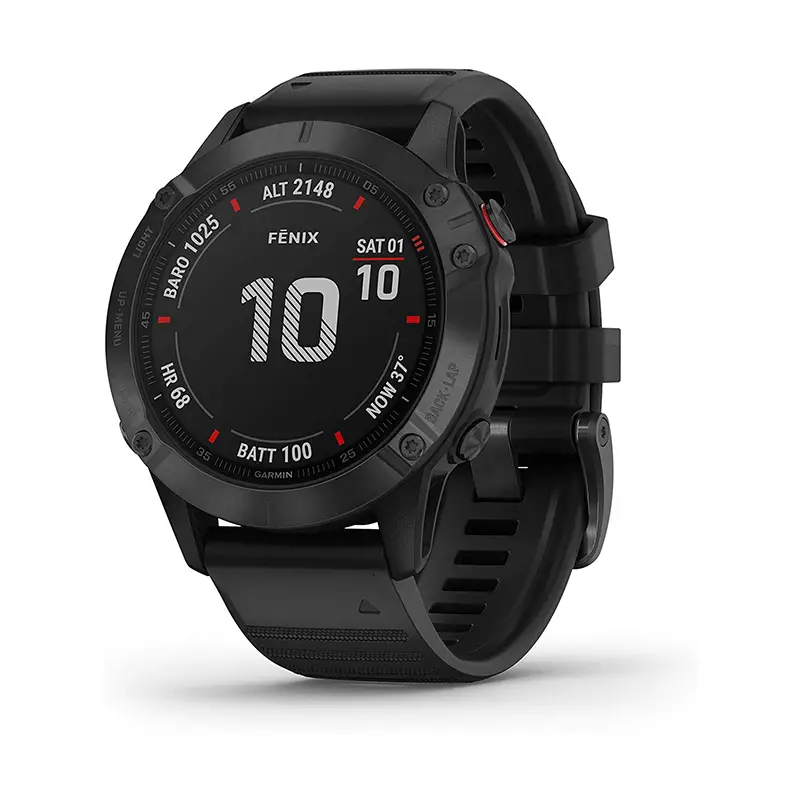3 Ways To Calculate Max Heart Rate And How To Use It
For athletes who rely on heart rate to pace their training efforts knowing maximum capacity is crucial. It will allow to set up training zones correctly, which will bring structure to sessions and optimize training results. However, the way to calculate max heart rate can be a bit of a challenge…
In contrast to speed or power, heart rate doesn’t jump to it’s highest value straight away. Instead, reaching max HR pushes an athlete to the limit and beyond.
And this requires a lot of mental strength to do.
For those who are keen on suffering a little (or a lot), there are 3 different ways how to calculate max heart rate with good accuracy. Scroll down to learn all about those.
Everyone’s MHR is different
Maximum heart rate (Max HR or MHR)
Max heart rate value is used as a benchmark for maximum output the athlete’s body can produce. Figuring out maximum heart rate enables the athlete and his coach to structure the training process around specific training intensities or ‘training zones‘.
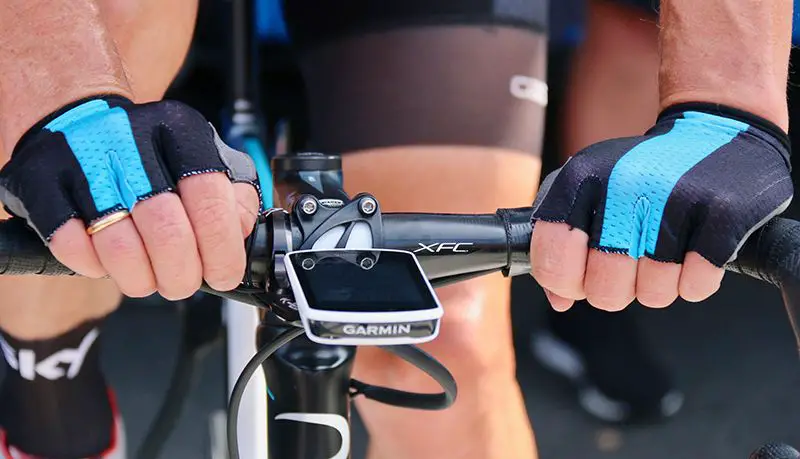
Max heart rate can vary significantly from person to person. In fact, high or low value is neither good nor bad. It’s just what a person is born with.
Instead, using it as a reference to build a structured training plan focused on specific exercise intensities is what makes all the difference.
All 5 of the training zones (from very light to a ‘full gas’ effort) are defined as a percentage of maximum. Which is why it’s critical to determine maximum heart rate that is individual (and accurate) to achieve desired results from training.
Read also: What Is Target Heart Rate Zone And How To Calculate Yours
#1 – Using a max heart rate formula
The easiest way to answer what is my max heart rate? question is to use the formula to estimate it. It is also the safest approach which is perfect for beginners.
There are plenty of formulas around. Most popular of them are:
- [ 220 – Age ] – most common and widely used maximum heart rate formula
- [ 207 – 0.7 x Age ] – aka Tanaka formula – more precise, adjusted for people over the age of 40
- [ 211 – 0.64 x Age ] – slightly more precise formula, adjusted for generally active people
Unfortunately, there’s no maximum heart rate calculator that is gender-adjusted. Generally women tend to have a 5 to 10-beat higher maximum HR than men, so that is additional something to account for.
If you’re new to this, it’s better to check several formulas and choose a middle ground. Personally, I found formula adjusted for active people to be almost spot on among people I trained with:
Max Heart Rate = 211 – 0.64 x Age
Keep in mind that these formulas focus on the ‘theoretical’ maximum. The actual peak heart rate that an athlete can reach will vary across different sports.
For example, running involves more muscles than cycling and overall max heart rate tends to be a little higher. At the same time, cycling uses predominantly lower body muscles and peak heart rate tends to be 5-7 bpm lower.
Therefore, it’s important to calculate max heart rate for a specific sport to be able to set up training zones correctly.
Can I go over my maximum HR estimate?
The answer is yes.
But it’s not in a sense that the heart would explode if someone goes beyond what maximum heart rate calculator would estimate. No, it’s because formulas generalize people and tend to get imprecise for very fit athletes and people of older age who are very active.
Maximum heart rate does decrease with age, but not nearly as much as formulas would suggest (especially for fit people). It goes down mostly due to the decreased level of overall activity. In a similar way, one might even increase max heart rate slightly with training as the body gets better at lactate clearance and ‘allows’ to push harder.
In fact, trained athletes don’t really see a drop in maximum heart rate until they end their careers and reduce training volume. It’s not uncommon to see a 40-year-old athlete hitting 195bpm where maximum heart rate calculator would suggest only 180.
Setting a max heart rate benchmark too low would force athlete to under-exert himself and not get the optimal benefit from training.
In any case, if an athlete is serious about his training, max HR estimate rate should only be a starting point. After getting into a structured training or competing in races it should become clearer where the true maximum heart rate is.
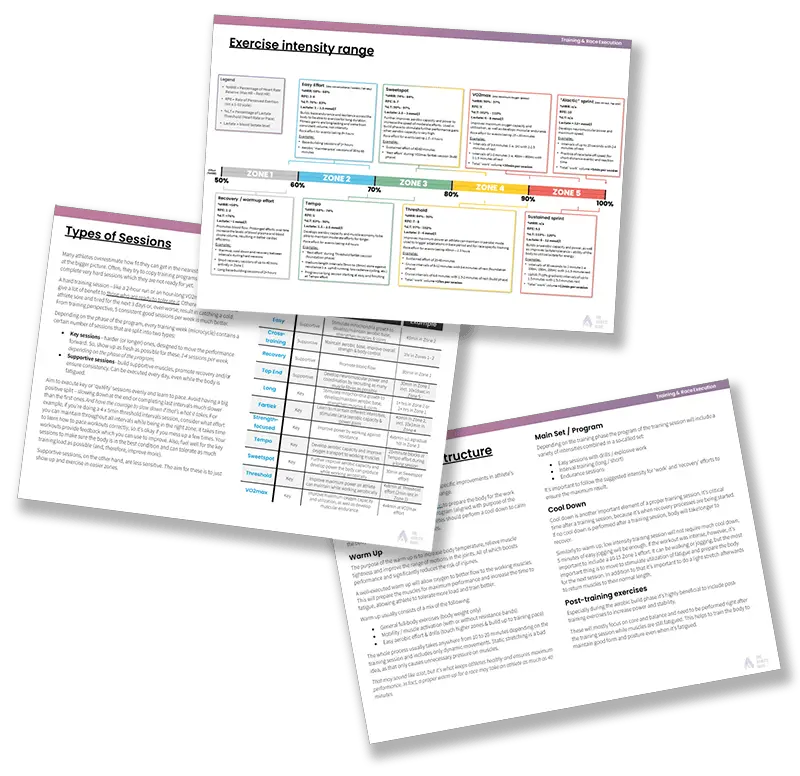
FREE download
Heart Rate Zone & Intensity Cheat Sheet
Grab this FREE cheat sheet and learn the exact formula for building lasting fitness (includes a bonus aerobic base training plan AND 3 strength training to get you started).
What is a dangerous heart rate?
This is a frequent question many athletes have when starting with heart rate training.
I answered it in depth during one of my webinars (below). But to summarize it, for a healthy athlete who doesn’t have any underlying condition, high heart rate during exercise is just a way to trigger fitness adaptations. A strategic mix of high & low intensity in the plan will ensure the body gets adequate stimulus & response during and after a training session.
#2 – Max heart rate calculation during a laboratory test
A much more formal (and accurate) way of figuring out maximum heart rate would be to take a supervised laboratory test. Also known as VO2 max test, such analysis is a test of athlete’s physiological capabilities and, therefore, pushes athletes to the absolute limit.
The protocol is quite simple – athlete runs on a treadmill (or cycles/kayaks/etc. on an ergometer) with an ever-increasing speed/power until complete exhaustion. Throughout the test a lot of data is gathered about athlete’s current fitness (including oxygen intake, speed of lactate build-up and lots of other ‘fun’ data).
Ultimately, the test is used not only to calculate max heart rate, but also determine aerobic, anaerobic and lactate thresholds. All this data helps to analyse how training is impacting the body and if something should be changed/adjusted.
VO2 max tests are always supervised by exercise physiologist or cardiologist and/or other personnel, which makes it a much safer environment than a field test.
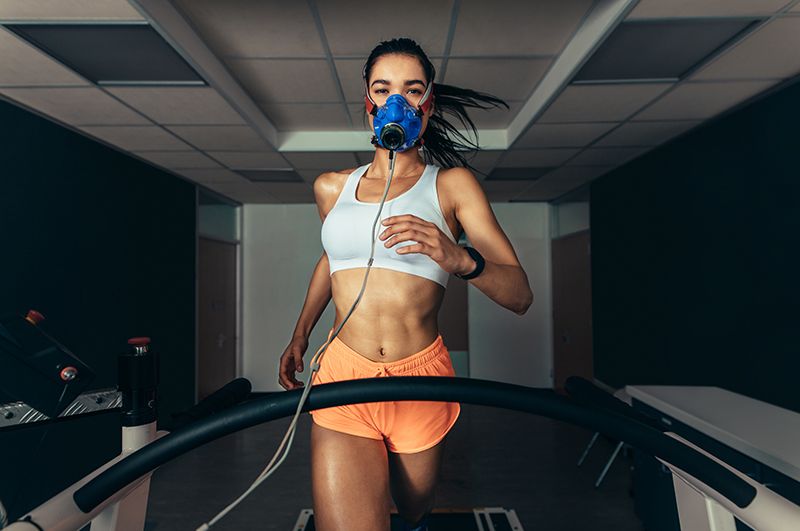
#3 – Calculate max heart rate with a field test
It’s not a coincidence that this comes as number 3. Field tests should only be attempted by athletes with a solid aerobic foundation who know what they are doing. Inexperienced athletes are better off starting with a max HR estimate and structuring the training process first, before pushing the body to the limit.
Some beginner athletes may not even be able to exercise 20 minutes non-stop, let alone go ‘full gas’ for that amount of time. This can cause a variety of injuries (including heart-related).
In fact, beginners may not even get the full benefit from the test. The test will require a lot of mental strength (which experienced athletes train daily), because such level of suffering is hard to maintain.
Beginners will quit or slow down long before they reach their true maximum capacity.
For everyone else tests below are listed in an order of increasing complexity – from easiest to more complex.
For optimal results, each of these tests requires total freshness. Avoid scheduling any intense sessions at least 2 days before the test and get enough sleep beforehand.
Also, do a thorough warm up for these sessions, as you’re going to go really hard. Most optimal would be to include both:
- 10 minutes of full-body exercises, taking all joints through a full range of motion and
- a 10-15 minute jog with 4×20-second gradual speed pick-ups. Aim to reach & maintain maximum speed for the last 5 seconds.
Obviously, adjust the warmup according to your sport (cycling, kayaking, etc.)
Read also: Polarized Training Model – 6 Steps To Better Performance & Productivity
Test #1: the 20-minute test
First max heart rate test is your regular ‘5K test’. For well-trained individuals 20 minutes should be enough to complete 5 kilometers. If you can – run 5K. If not – just run 20 minutes.
Since it’s a maximum capacity test, the aim is to go hard. Generally, within the first 3 minutes the heart rate will increase beyond 90% of maximum and to beyond 95% within 10 minutes.
Pick up the pace for the last kilometer where you feel you can’t possibly maintain it until the finish and then go all-out for the last 200m. The heart rate at the finish will be very close to your maximum heart rate.
This will require some time to recover from, so better reserve this effort for an actual race.

The Resilient Athlete
A Self-Coaching Guide to Next Level Performance in Sports & Life
Are you aiming to become a resilient athlete who is able to withstand any pressure? Be able to jump on any opportunity? Take any challenge life throws at you head on?
Then this book is for you.
Learn moreTest #2: the 4×2 test
This max heart rate test is more interactive and is based on VO2 max-type of training. The idea is that you don’t let the body fully recover by having a rest interval shorter than the speed interval.
Traditional VO2 max training is targeted to build power and speed endurance, as well as teach the body to tolerate the build-up of lactate in the body.
The difference in this test is that we focus on reaching the maximum heart rate. Therefore, every interval should be performed at maximum speed and not the lactate threshold (Zone 4) speed.
The protocol is: do 4 repeats of 2 minutes at maximum effort with 1 minute rest interval. I bet after second you’ll already see your heart rate redlining and after third you’ll be quite close to the absolute limit.
Test #3: Partner-assisted stress test
This max heart rate test involves a buddy and is mentally a bit easier. The idea is to simulate a lab test, but instead of fancy equipment have a friend next to you controlling the test.
Have a partner ride a bike next to you while you run (preferably on a track). Wear a chest strap and give the heart rate monitor to your partner, so that only he is able to see the data.
It’s important that the partner wears the watch, so that you can focus on digging deep and not being distracted looking at the watch. This will give more accuracy in figuring out maximum heart rate.
The protocol is similar to the VO2 max test: start the test at around 100-120 beats per minute and increase heart rate (by running faster) by ~5 beats every 15 seconds until you can no longer increase it.
Your partner’s role is to look at the watch and shout total time and heart rate every 15 seconds. After you can no longer increase your heart rate for more than two 15-second intervals it’s time to stop. By that time you should have reached your max heart rate.
Did you find this information useful? Share the post with others using the buttons below.
What’s next?
Calculating individual max heart rate is a starting point in the whole heart rate training journey. When you know yours – by means of calculating with a formula or testing – put it into this target heart rate calculator. The tool will show your heart rate ranges for each of the training zones, which you can use to make the training process more efficient.
Once you’ve set up your heart rate training zones, it’s time to sit down with the coach and create a training plan that focus on improving your fitness and making you fitter and faster.
Have you had some experience with heart rate training zones already? Or are you just learning about it? Either way, share your experience in the comment section below.
Have an opinion? Share via links below and tag @theathleteblog
Tags In
Andrejs
GET A FREE TRAINING PLAN
Subscribe to my email list and get access to a free 4-week “back in shape” training plan
You’ll also get two full-body strength sessions and some other goodies!
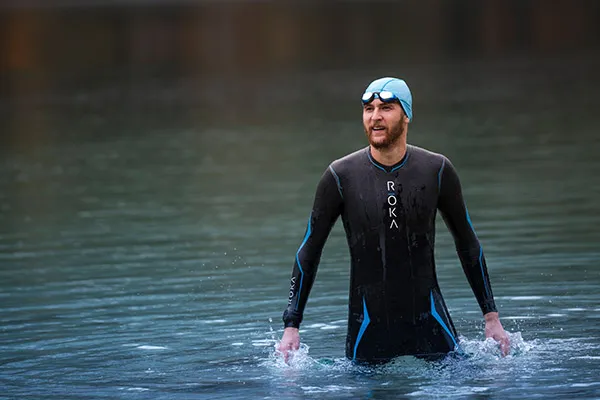
How did I get here?
Hey there! My name is Andrejs and I am here to inspire, entertain and get you fit for any adventure.
I went from being an over trained pro athlete to an endurance coach sharing how to listen to your body and live life to the fullest.
Traveling, new sports & activities brought new meaning to my training and made it much more effective, fun and enjoyable. And I'm here to help you do the same.
